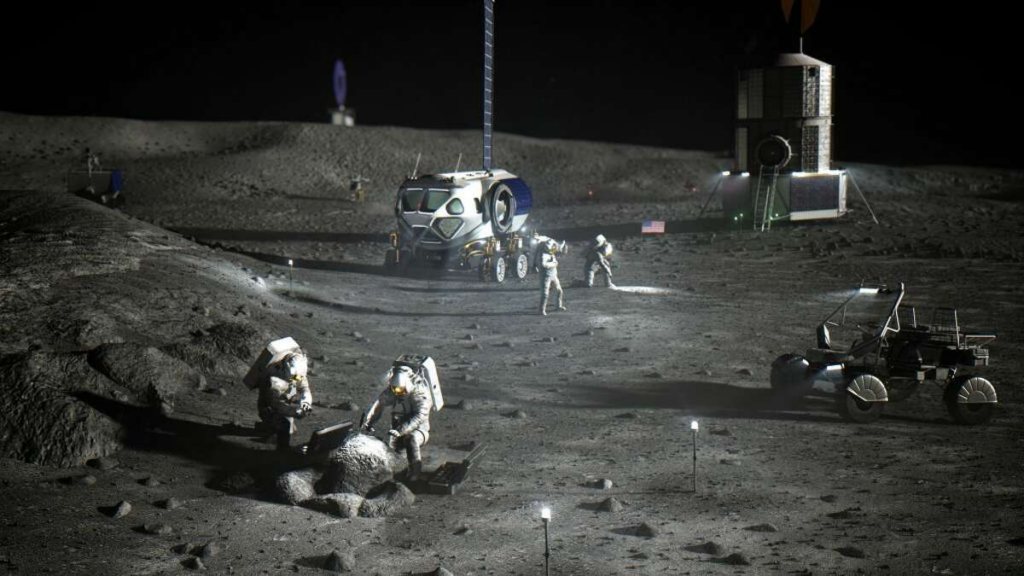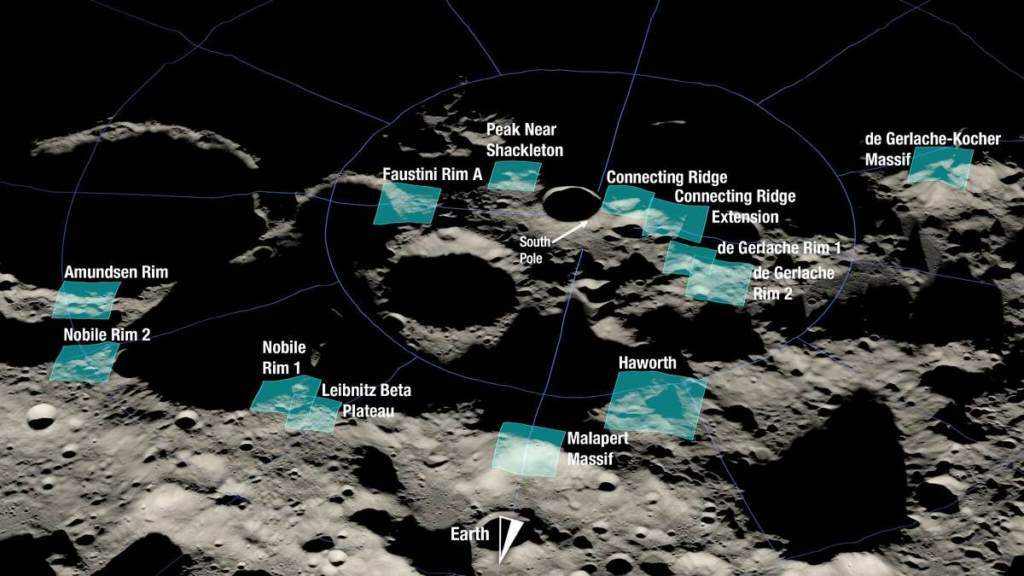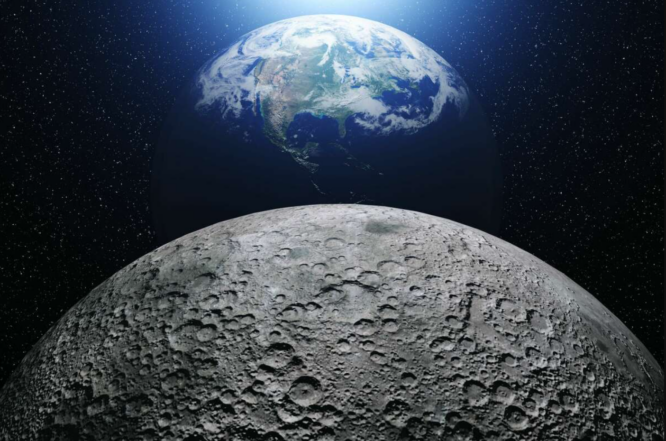Once believed to be inhospitable and lifeless, scientists are now contemplating the possibility that lifeforms exist on the Moon.
According to a report from Space.com, the upcoming NASA Artemis 3 moon mission, scheduled to launch in late 2025, could reveal whether microorganisms that presumably traveled from Earth on previous space voyages survived in the super-cold, perpetually shadowed craters of the lunar south pole.
Prabal Saxena, a planetary researcher at NASA’s Goddard Space Flight Center, told Space.com that microorganisms could potentially persist in the severe conditions of the moon’s unexplored interior.
Saxena stated, “One of the most remarkable findings of our team is that, given recent research on the ranges in which certain microorganisms can survive, there may be potentially habitable niches for such life in relatively protected areas on some airless bodies.” We are currently attempting to determine which organisms may be able to survive in such regions.

Humans and spacecraft carried Earth-born bacteria to the Moon.
Saxena and his colleagues recently presented their findings on potential Artemis 3 landing sites at a workshop. NASA has identified 13 potential landing sites near the south pole of the Moon for the mission, which will be the first manned lunar landing since Apollo 17 in 1972.
Experts believe that if organic molecules exist on the Moon, they may have been transported there by “Earth meteorites.” However, it is also possible that microorganisms that originated on Earth and can survive in harsh environments caught a ride on a lunar lander.

Heather Graham, an organic geochemist at NASA Goddard, told Space.com, “We will soon have a 50-year record of humans and their objects on the surface without any stringent forward contamination requirements.”
We believe that humans are the most likely vector [of microorganisms] based on the extensive data we have about our exploration history and the impact record as a second, albeit less influential, early terrestrial source.
Even if microorganisms do not presently exist on the moon, human exploration of the moon through the Artemis missions will likely lead to their discovery. Saxena and his colleagues told Space.com that not only could these microorganisms endure the journey, but they could potentially thrive there as well.

